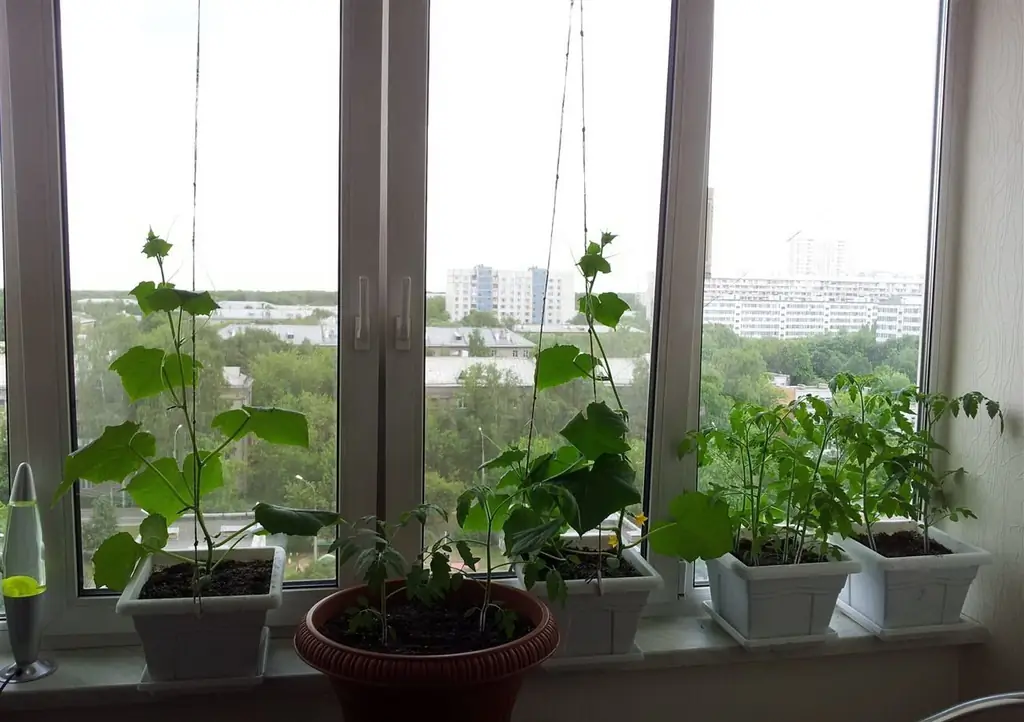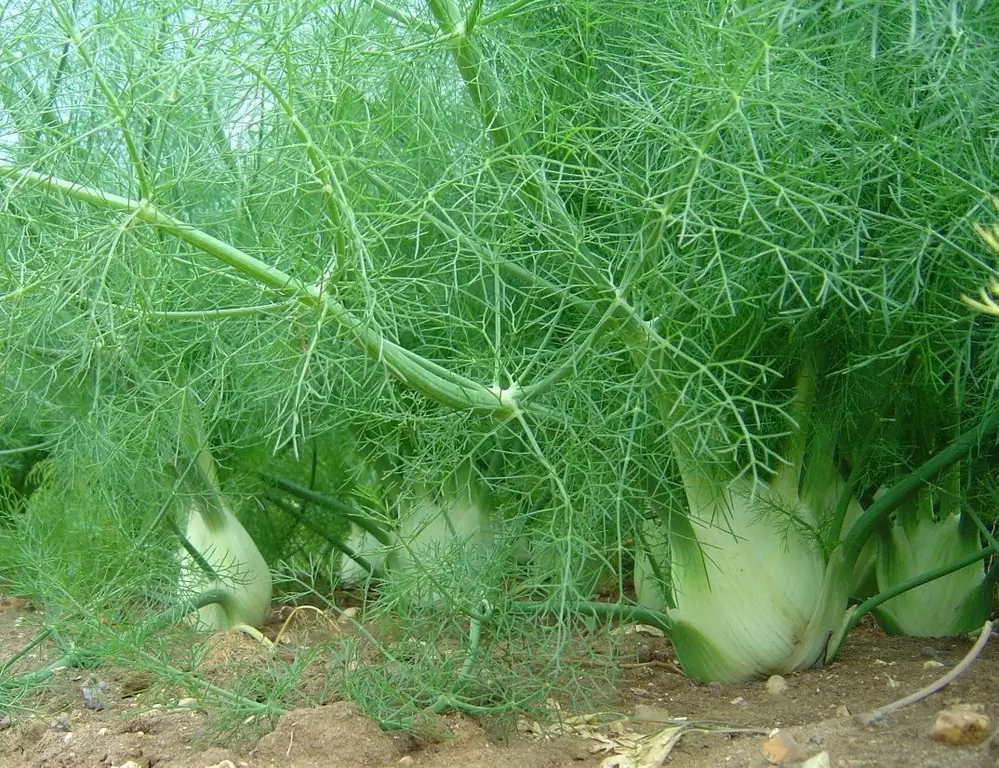
Table of contents:
- Author Bailey Albertson [email protected].
- Public 2024-01-17 22:26.
- Last modified 2025-06-01 07:32.
Cucumber Cupid F1: growing a high-yielding hybrid in the garden

The breeders managed to get hybrids, the qualities of which satisfy all the requirements of gardeners. Plants have received new attractive properties that allow them to be grown in any climatic zone. An example of a parthenocarpic variety is the Amur F1 cucumber, the description and growing rules of which we will consider today.
Content
-
1 Description of the Amur F1 hybrid
1.1 Advantages and disadvantages of the variety - table
-
2 Planting and care
- 2.1 Seed method
- 2.2 Seedling method
- 2.3 Video: correct planting of cucumbers
-
3 Plant care
- 3.1 Watering
- 3.2 Video: how to properly water cucumbers
- 3.3 Table: fertilization and timing of top dressing
-
4 Diseases and pests of Amur F1 cucumber - table
4.1 Cucumber diseases and pests in the photo
- 5 Harvesting and storage
- 6 Reviews of gardeners about the variety
Description of the Amur F1 hybrid
The open field hybrid Amur F1 was created by the Dutch company Bejo Zaden. Currently, it is included in the State Register and is recommended for personal gardens and small farms.
Variety with medium formation of vegetative mass and low branching, due to which the plant needs less maintenance. Fruiting occurs at 36-38 days in the open field. The dense top layer of the stem provides less tendency to decay wounds and scratches.

Cucumber yield Amur F1 is 25 kg / m 2 subject to agricultural technology
The plant is characterized by the emergence of ovaries in bunches, in an amount of up to 8 pieces in each leaf axil. But this does not mean that all the fruits will be poured. The harvest depends on a balanced diet. Cucumber Cupid F1 needs additional feeding, warmth and watering.
Under favorable conditions, the yield of cucumber varieties Amur F1 reaches 25-28 kg / m 2. The variety fell in love with gardeners for its unpretentiousness. Fruit setting and pouring occurs even in the summer heat, when it is impossible to create the required temperature in the greenhouse. Lateral stems have limited growth and no need to pinch off the tops.
The shape and size of the fruit is attractive. White-spiked cucumbers, do not outgrow, the aroma lasts a long time. Zelentsy of universal use retain marketable qualities for a long time when stored in plastic bags in a cool room.
Advantages and disadvantages of the variety - table
| Benefits | disadvantages |
| Pleasant taste of Zelentov | Immunity to downy mildew and tobacco mosaic |
| No voids in the pulp | |
| Long shelf life |
Planting and leaving
To grow cucumbers by sowing seeds in open ground or by seedling method - depends on the region and weather conditions. It should be borne in mind that the superearly variety develops rapidly only at a certain soil temperature.
Seed method
The pre-treated planting material is sown in warm soil. Before planting seeds, you must:
- Hold in a solution of potassium permanganate.
- Put in a damp cloth and put in a warm place so that they germinate.

Sprouted seeds - a guarantee of friendly shoots
The procedure for planting cucumbers in open ground is as follows:
- A bed with light soil is filled with rotted organic fertilizers, ash, superphosphate are added, and carefully dug up.
- The day before sowing, the hole is spilled with a strong hot solution of potassium permanganate, which will allow at first to get rid of earth pests.
- Seeds are laid out on prepared soil, sprinkled on top with a mixture of sand or peat with a layer of 1-1.5 cm.
- The bed is covered with non-woven material and the emergence of friendly shoots is waiting.
Seedling method
You can harvest earlier outdoors by using potted seedlings. Cucumbers do not like transplants, since their root system is fragile. Therefore, the plants are grown in peat or plastic cups. The rules for growing seedlings are as follows:
- choose containers with a volume of 400 ml; plastic containers must have drainage holes;
- make up a substrate from garden soil, humus and sand in a proportion (2: 1: 0.5);
- observe the temperature and light conditions to prevent pulling out the seedlings;
- Grow only one plant in each container;
- transplant into a warm, damp ground.

Growing cucumbers in seedlings will help you get an earlier harvest
Video: correct planting of cucumbers
Plant care
Cucumber Cupid F1 needs care, which is similar to the rules for growing other varieties and hybrids.

In the open field, cucumber Amur F1 is grown on trellises
Watering
Cucumbers are very hygrophilous. They should be watered in the morning or in the evening with warm water, the temperature of which is about 25 o C. Water consumption - 25-30 liters per 1 m 2, frequency - once every 3-5 days, during fruiting - more often.
Irrigation rates also depend on the weather - in hot weather, their number should increase.
Video: how to properly water cucumbers
Table: fertilizers and timing of top dressing
| Application time | Fertilizers (for 4 sq. M) |
| 2 weeks after planting seedlings | potassium salt, superphosphate, ammonium nitrate (10 g each) per 10 liters of water |
| 2 weeks after the previous feeding | potassium salt, superphosphate, ammonium nitrate (20 g each) per 10 liters of water |
| During fruiting weekly | potassium sulfate (30 g) per 10 liters of water |
Diseases and pests of Amur F1 cucumber - table
The culture is resistant to the main diseases of cucumbers - cladosporia, root rot, mosaic virus.
| Diseases / pests | Signs | Prevention | Fight |
| Tobacco mosaic | Yellow spots on fruits and leaves |
|
Destroy affected bushes. |
| White rot | White bloom and light mucus on the leaves |
|
|
| Downy mildew (downy mildew) |
|
|
|
| Aphid | Rolling the leaves | Treat with Karbofos (according to the instructions). | |
| Spider mite |
|
|
|
| Whitefly | Darkening and drying of leaves |
|
Cucumber diseases and pests in the photo
-

Tobacco mosaic virus - Tobacco mosaic is virtually untreatable
-

White rot - When white rot appears on fruits and leaves, a characteristic white bloom appears
-

Whitefly - As a result of the activity of the whitefly, the leaves darken and dry out.
-

Spider mite - Spider mite entangles leaves and shoots with a cobweb
-

Aphid - The drug Karbofos helps to fight aphids
-

Downy mildew on cucumbers - A plant affected by downy mildew weakens
Harvesting and storage
You need to take off the greens in the early morning, at this time the fruits are elastic, filled with healing juice. Please note that the more often you harvest, the faster the remaining cucumbers are poured.

»Class =
For the Amur F1 variety, it is optimal to pick greens every 3 days. For fresh storage, they must be folded in a plastic bag, sealed and placed in the refrigerator. Cucumbers have excellent taste and aroma, they make excellent salads, and they are also good for pickling and pickling.
Reviews of gardeners about the variety
Cucumber Cupid F1 has a number of advantages. It is resistant to many diseases, yields abundant yields of even fruits with excellent taste, and begins to bear fruit early. In addition, greens are good both fresh and canned.
Recommended:
Growing Cucumbers On A Windowsill In Winter, Which Varieties To Use (with Video)

How to properly grow cucumbers in the winter on the windowsill. Selection of varieties, germination of seeds, planting seedlings, soil preparation
Growing Fennel From Seeds (including Vegetable Seeds) At Home And In The Garden + Photo And Video

Practical tips for growing fennel from seed. Fennel species, varieties suitable for growing in the middle lane
Rules For Growing Strawberries In A Greenhouse All Year Round + Video

Growing strawberries in a greenhouse all year round using various methods. Preparation of premises and equipment, soil, seedlings. Planting and caring for strawberries
Cucumber Variety Ekol F1 - Description, Care And Other Features + Video

Cucumber variety Ekol F1 - a description of the features of care, cultivation, collection and storage of the crop
Seedlings Of Eggplant At Home: Planting According To The Lunar Calendar 2019, Features Of Growing In Different Ways, Rules For Leaving With Video

How does growing eggplant seedlings differ from growing any other, why you need to do it and how to avoid mistakes when planting at home
